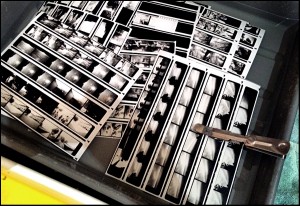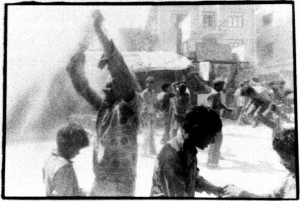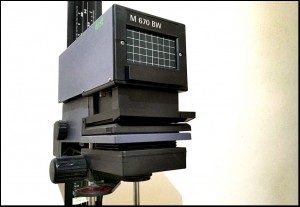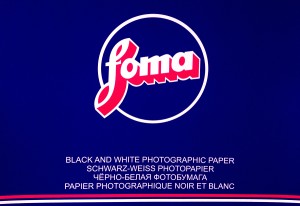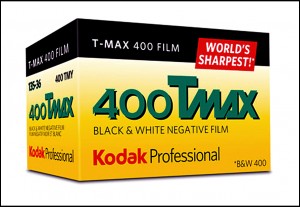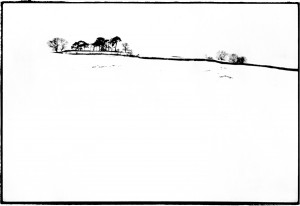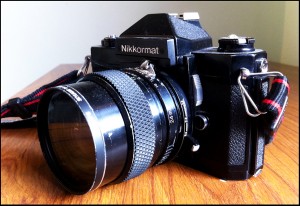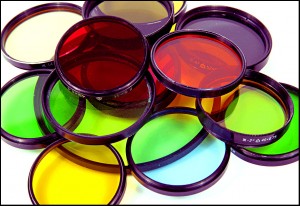The hows and whys of black borders
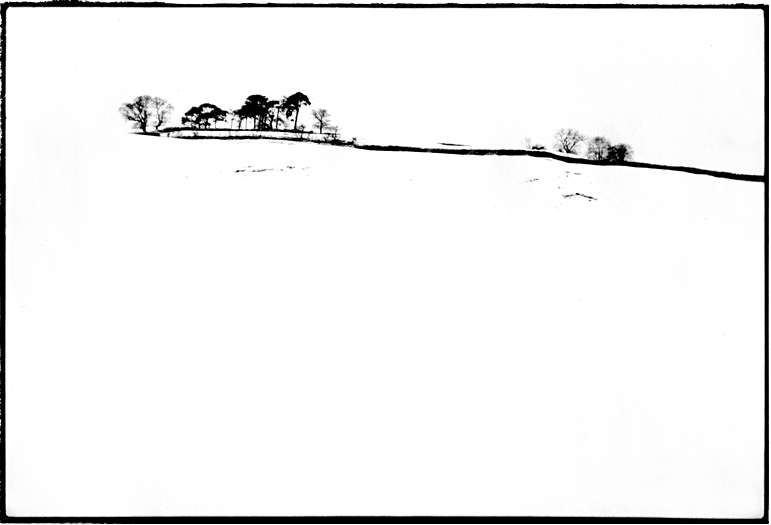 One of the most common questions I get asked is “How do you get the black border around your photographs?”
One of the most common questions I get asked is “How do you get the black border around your photographs?”
The answer itself is relatively simple, but the significance behind the borders and what they represent to me is less straight forward, harder to explain and slightly abstract.
When you place a negative in an enlarger it is held in place within a metal frame that clamps shut around it and keeps it flat. The frame on my enlarger (a Durst M 670 BW) is slightly larger than the image on the negative itself, so when you shine the light through it, it over exposes the paper around the image, leaving the black frame you see on my prints. The frame that came with my enlarger was slightly too big for my liking so I got some sticky paper labels and put them along two of the frames’ edges, reducing it in size. This then reduced the thickness of the border. If you look at the top left of all my prints you can see an unevenness and jagged quality to the border. This is caused by the top edge of the negative rubbing against the paper label when I slide it into the frame. A small, personal touch just like a fingerprint and unique to my enlarger and prints.
As for the significance of the borders, well, that is another story altogether. It has been twenty years since I last cropped an image. I enjoy the challenge of framing at the time of taking the photograph, be it by instinct, by eye or by calculation. It has almost become a point of principal and cropping an image would, to me, feel like cheating. The black border shows and proves (yes, I know, in this, the age of Photoshop it is easy to ‘cheat’ a border onto an image) that I have succeeded and that photograph is complete, entire and, in my view, pure.
